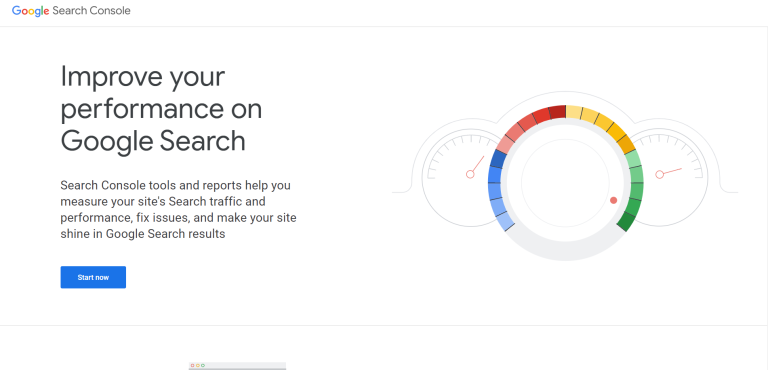Are you looking for a way to add meta tags to your WordPress website without using a plugin? Meta tags play a crucial role in optimizing your website for search engines and improving its visibility.
Meta tags are snippets of code that provide information about a web page to search engines and website visitors. They are an integral part of search engine optimization (SEO) and help search engines understand the content and purpose of a web page. By adding relevant meta tags, you can improve your website’s ranking in search engine results and attract more organic traffic.
In this article, we will explore various methods for WordPress Add Meta Tag Without Plugin. Let’s dive in and discover how you can enhance your website’s SEO performance!
WordPress Add Meta Tag Without Plugin
While there are numerous plugins available for WordPress that simplify the process of adding meta tags, some website owners prefer to avoid using plugins due to various reasons such as performance optimization, code cleanliness, or personal preference. If you are one of them, read on to explore alternative methods to add meta tags to your WordPress site.
Method 1: Editing Theme Files
One way to add meta tags without using a plugin is by editing your theme files directly. WordPress themes typically have a header.php file where you can insert meta tags. Here’s how you can do it:
- Access your WordPress site’s theme files. This can be done through the WordPress dashboard or via FTP.
- Locate the header.php file within your theme’s folder.
- Open the header.php file in a text editor.
- Identify the
<head>section in the file. It usually starts with<head>and ends with</head>. - Within the
<head>section, add the desired meta tags using HTML syntax. For example, to add a meta description tag, use the following code:
<meta name=”description” content=”Your meta description goes here”>- Save the changes to the header.php file and upload it back to your WordPress theme folder.
- Verify the presence of the meta tags by viewing the source code of your web pages.
Editing theme files directly gives you complete control over your website’s meta tags. However, keep in mind that any changes made to the theme files will be overwritten when you update the theme. Therefore, it’s essential to create a child theme to avoid losing your modifications during updates.
Method 2: Utilizing Custom Fields
- WordPress provides a built-in feature called “Custom Fields” that allows you to add additional information to your posts and pages. You can leverage this feature to add meta tags to your website without relying on plugins. Here’s how:
- While editing a post or page, locate the “Custom Fields” meta box. If you don’t see it, click on the “Screen Options” tab in the top-right corner and ensure the “Custom Fields” option is checked.
- Within the “Custom Fields” meta box, click on the “Enter New” button.
- In the “Name” field, enter the name of the meta tag, such as “description” or “keywords.”
- In the “Value” field, enter the content for the meta tag. For example, for a meta description tag, enter a concise and informative description of the page.
- Save or update the post or page.
- Repeat the process for other meta tags you want to add.
By utilizing custom fields, you can add specific meta tags to individual posts or pages, giving you more control over your website’s SEO optimization.
Conclusion
Adding meta tags to your WordPress website is crucial for optimizing your website’s visibility in search engine results. While plugins offer a convenient way to add meta tags, some website owners prefer to avoid them. By editing theme files or utilizing custom fields, you can add meta tags to your WordPress site without relying on plugins. Choose the method that best suits your requirements and ensure your meta tags accurately describe your content while adhering to SEO best practices.
Remember, proper meta tag implementation is just one aspect of an effective SEO strategy. It’s essential to focus on other optimization techniques, such as quality content creation, link building, and website performance improvements. By combining various SEO practices, you can enhance your website’s online presence and attract more visitors organically.





Comments are closed.